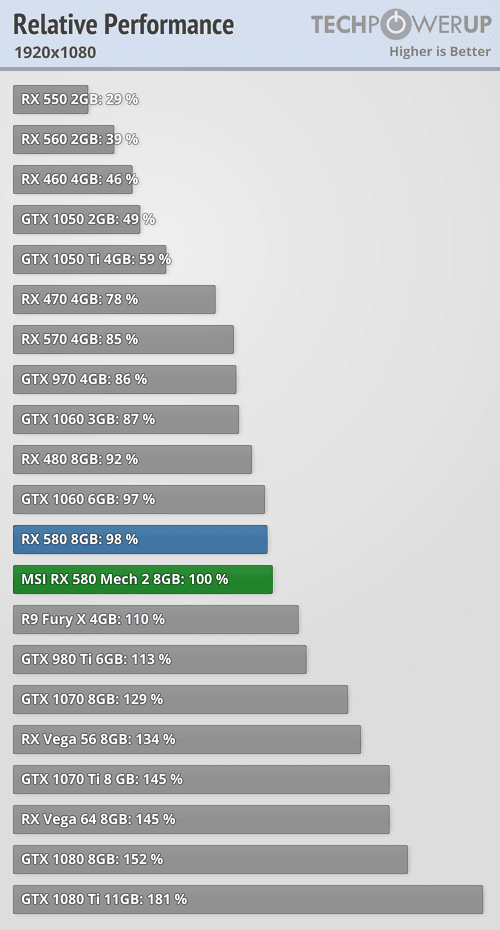DF Article updated to go along with the video, introduction included below, @
https://www.eurogamer.net/articles/...-xbox-series-x-a-revolution-in-console-design
Undoubtedly the biggest surprise of The Game Awards back in December 2019 was Microsoft's decision to reveal Xbox Series X: the name, the branding - and most crucially, the form factor. It was a console quite unlike anything we'd seen before, possibly the most original home console design since Nintendo's GameCube way back in 2001. During our recent visit to the Microsoft campus in Redmond WA, we had a chance to meet key members of the hardware team that created this remarkable-looking device - and in the process, we gained a much better understanding of
why Xbox Series X required a top to bottom revamp of the traditional console form factor.
"When we started thinking about how we would design this, everything was theoretical," says Chris Kujawski, principal designer at Microsoft. "We didn't have stuff we could test, we didn't have measurements we could take, we knew it was going to be powerful and we knew it was going to require a totally different way of thinking about how to design a console."
The key issue facing the designers came down to power and target performance. The Xbox system architects decided from the get-go that the next generation console had to deliver an absolute minimum of twice the overall graphics performance of the Xbox One X, meaning 12 teraflops of GPU compute, sitting alongside the Zen 2 cores that would deliver a 4x improvement in CPU power. At the same time, the mandate was set that the machine also had to equal the acoustic performance of the Xbox One X - a tall order when system power would be increasing significantly.
The challenge came into focus once the outsize power requirements of the new hardware came into focus. Based on the prototype hardware we saw, Xbox Series X ships with a 315W power supply and in keeping with all of Microsoft's console designs since Xbox Series S, this would be delivered
internally. With the sheer amount of electrical power pumping through the processor, the regulators pump up to 100W per square inch, delivering up to 190A. What made this all coalesce into the form factor we have today is the key decision to move to a split motherboard design: one board houses the high-power components like the Series X processor, the GDDR6 and the power regulators. The other is the Southbridge board, principally handling I/O. The boards sit on either side of a substantial chassis block - a sheer aluminium casting.
View attachment 3718

